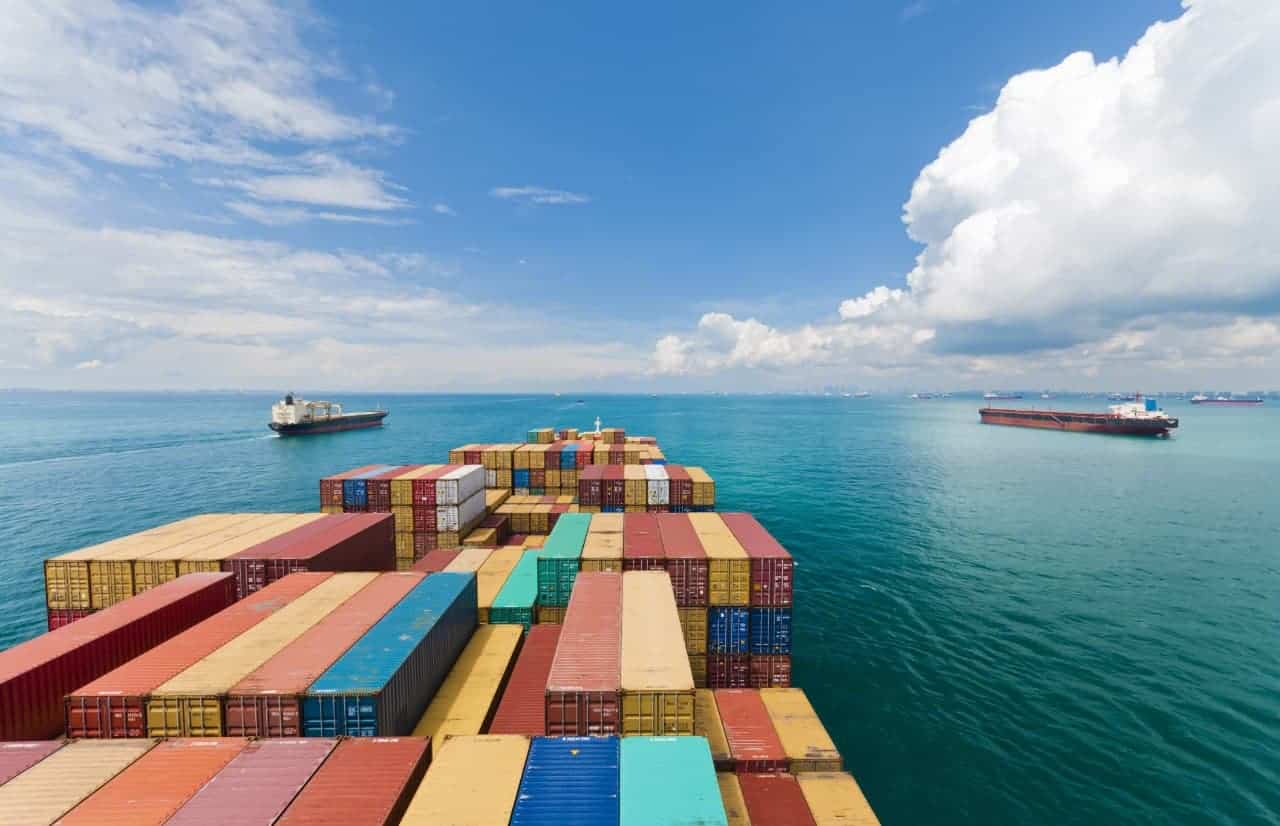Global trade hit a record high of $28.5 trillion in 2021, with more growth expected in 2022.
The future also promises growth due to a new era of multilateralism, supported by regionalization, trade in services, innovation and sustainable trade, which would counter global recession, according to ‘The Future of Trade 2022’ report by Dubai Multi Commodities Center’s (DMCC) titled ‘A New Era of Multilateralism’.
Other key aspects of the report are:
Trade growth may be slower in 2022 compared to 2021, but there is a reason for optimism, despite the fallout from the war in Ukraine and from the pandemic.
Pent-up demand from the COVID-19 shock is already driving trade in goods; a rebound in trade in services is set to follow.
Geopolitics will shape the trade landscape in the 2020s, building on new developments in regionalism, bilateral trade, and global investment flows.
Nationalist – as opposed to protectionist – trade policies are likely to continue to dominate.
A new multilateralism is likely to take hold, and old forms of multilateralism are likely to fade.
New forms such as increased regionalism will drive cross-border trade in new sectors, including predominantly in digitalization and sustainability.
The report also said that bilateral, regional, and multiparty trade deals are increasing.
The UAE aims to sign 27 bilateral Comprehensive Economic Partnership Agreements with key trading partners, including eight in 2022, as it looks to boost trade and foreign direct investment.
China and Taiwan’s stated bids to join the Comprehensive and Progressive Agreement for Trans-Pacific Partnership, in addition to the United Kingdom’s ongoing accession process, offer opportunities for trade and bilateral investment.
Under the new trade paradigm, cross-border investment and trade will become increasingly market-seeking rather than efficiency-seeking.
The intersection between trade liberalization and digital transformation will continue to be a defining juncture, and the build-up of compatible and connective networks will be critical.
Developments in virtual assets, including central bank digital currencies, stand to reshape global finance, trade, and investment.
Innovative technologies continue to drive productivity gains, sustainable development, and growth accelerations around the globe.
Trade and technology will continue to seek synergies in 2022 and beyond.
The Future of Trade 2022 report puts forward a number of key recommendations to business and government.
According to the research, the new era of multilateralism will be shaped by three tectonic shifts in the global economy.
Firstly, there will be a natural migration towards lifting barriers as countries become increasingly sensitive to the costs of protectionism, which many countries saw de facto when the pandemic froze global trade.
Secondly, inflation will continue to climb, and central bank policy-tightening will become more pronounced to combat the rise in prices.
This makes borrowing more expensive worldwide, lowering import demand and deteriorating export competitiveness.
Finally, global trade will be impacted by the climate crisis in terms of both the economic shocks and opportunities it will bring.
Government intervention may be needed to limit potential economic loss.
However, increased demand growth for sustainable goods in both developed and developing economies, and creating new opportunities for sustainable trade is still possible.

